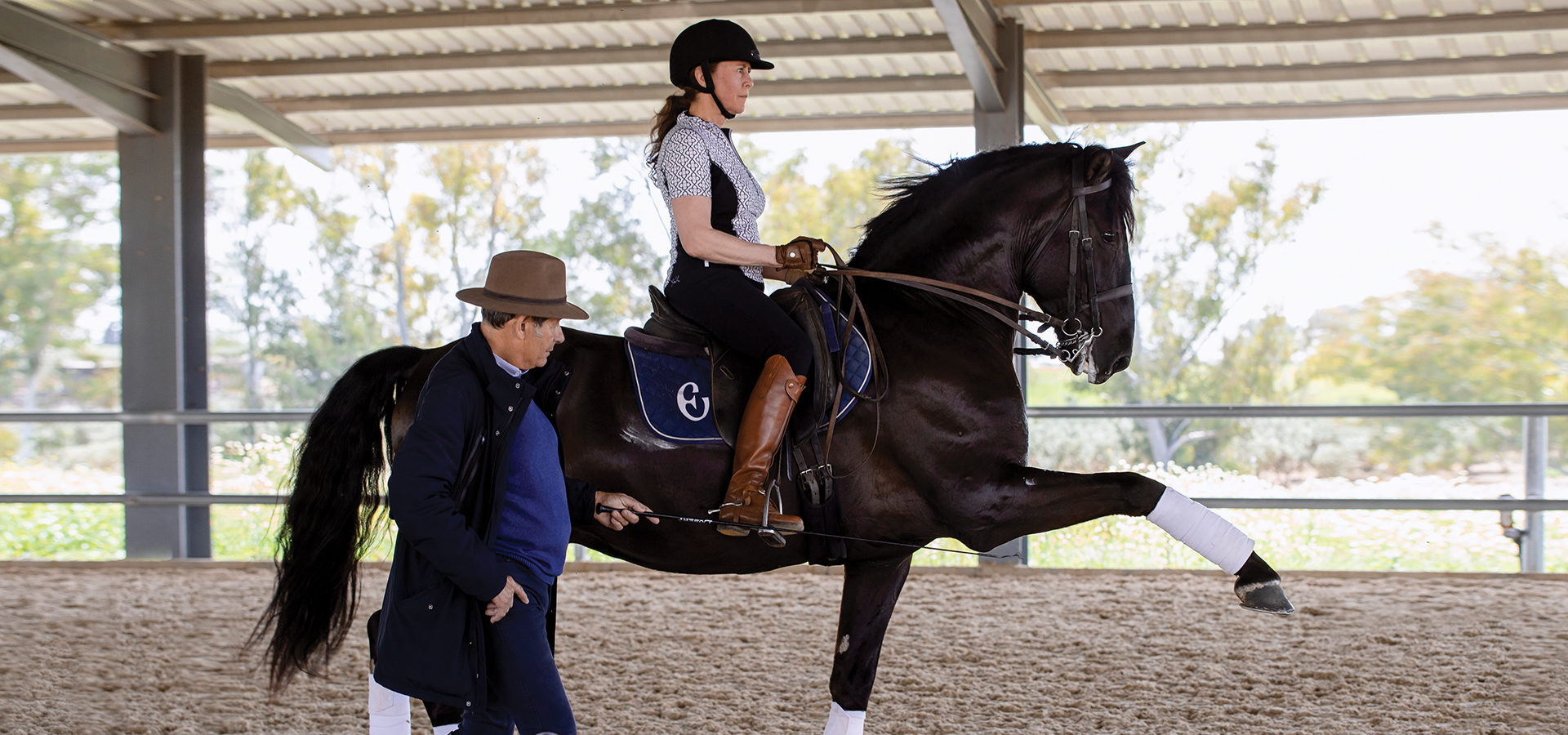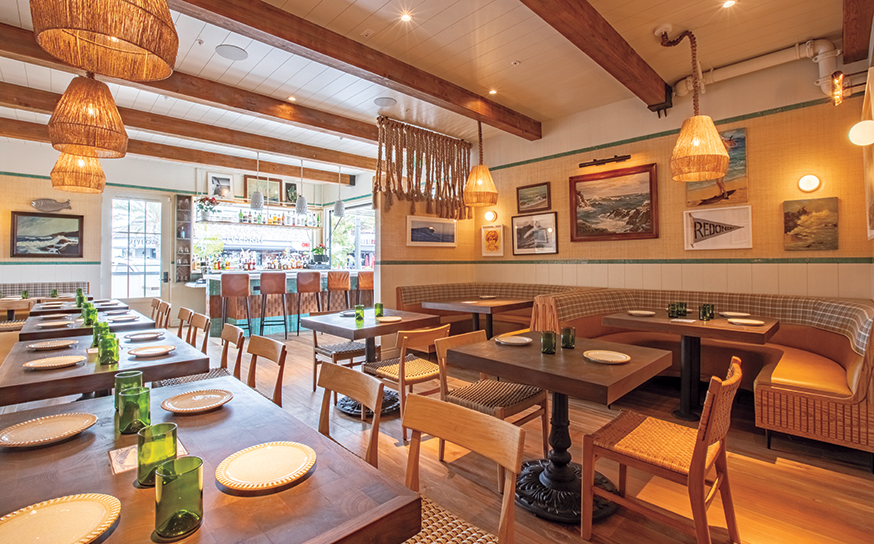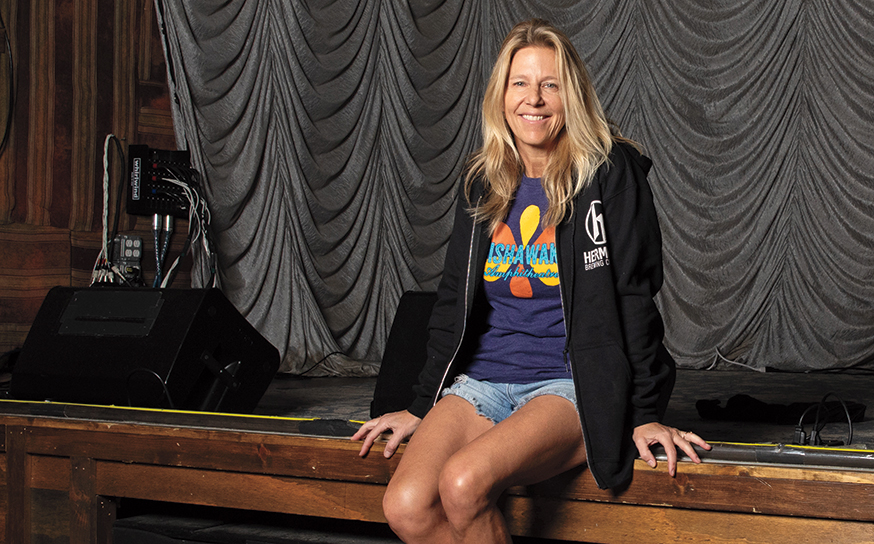Equestrian Diane Barber Shares the Journey of Her New Andalusian Horse from Southern Spain to Palos Verdes
Horse of kings.
- CategoryPeople
- Written byDiane E. Barber
- Photographed byAzahara Perez, Epona Equestrian Centre & EEM
“The wind of heaven is that which blows between a horse’s ears” is an Arabian proverb that resonates with horse lovers around the globe. Those words profoundly speak to the unequivocal pleasure that many equestrians experience with their equine partners.
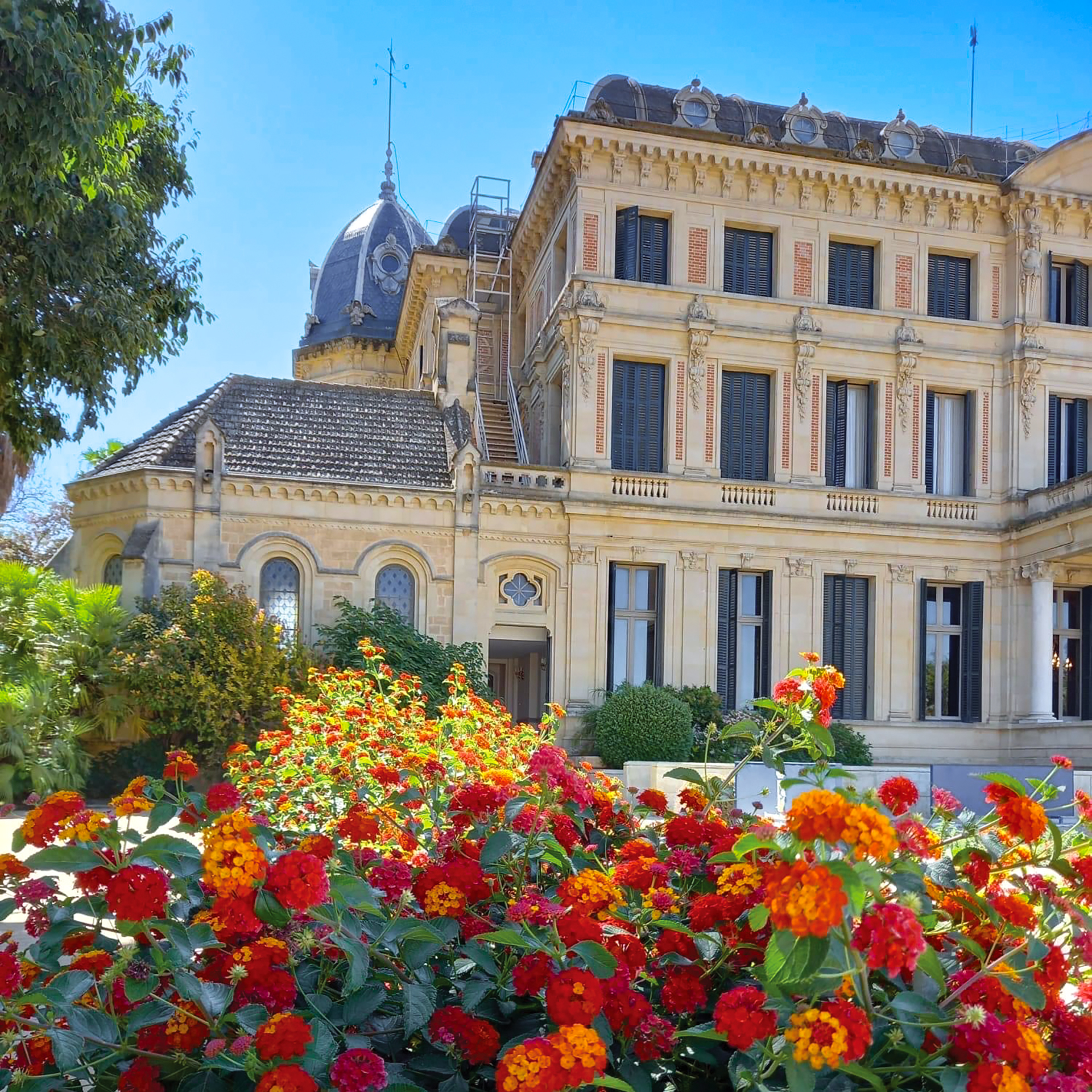
In a quest to learn more about my horse Jesse’s acclaimed Spanish Arabian lineage, I traveled to southern Spain 18 years ago. An internet discovery and leap of faith led me to the province of Seville in Andalusia for an incredible riding adventure at Epona Equestrian Centre, which was named after the ancient Celtic goddess Epona, the protector of horses. Unbeknownst to me at the time, my equestrian life would be forever changed, and Spain would become my home away from home in the years to follow.
During that first soulful explorative journey to the Spanish countryside, I rode horses through olive groves, explored trails with sightings of architectural remnants of the Roman Empire and galloped on the beach at a nearby nature preserve. I also toured the farm where Jesse’s grandsire hailed from and visited the Royal Andalusian School of Equestrian Art (Royal School) in the city of Jerez, where I watched the beautifully choreographed world-famous show How the Andalusian Horses Dance. As I relished every step of the pageantry in wonder, I dreamily whispered to myself, “I am going to ride horses in that arena someday.”
Spanish horses were revered as the horses of kings for centuries, both on and off battlefields. Renowned for their captivating beauty, courage and gentle spirits, their pure bloodlines have been safeguarded for hundreds of years. I was familiar with the noble Andalusian breed (also known as Pura Raza Española or PRE) from Hollywood films, such as Lord of the Rings, as war horses portrayed in historical paintings in museums and as statues adorning architectural buildings abroad. Experiencing them in person, however, was (and still is) otherworldly.
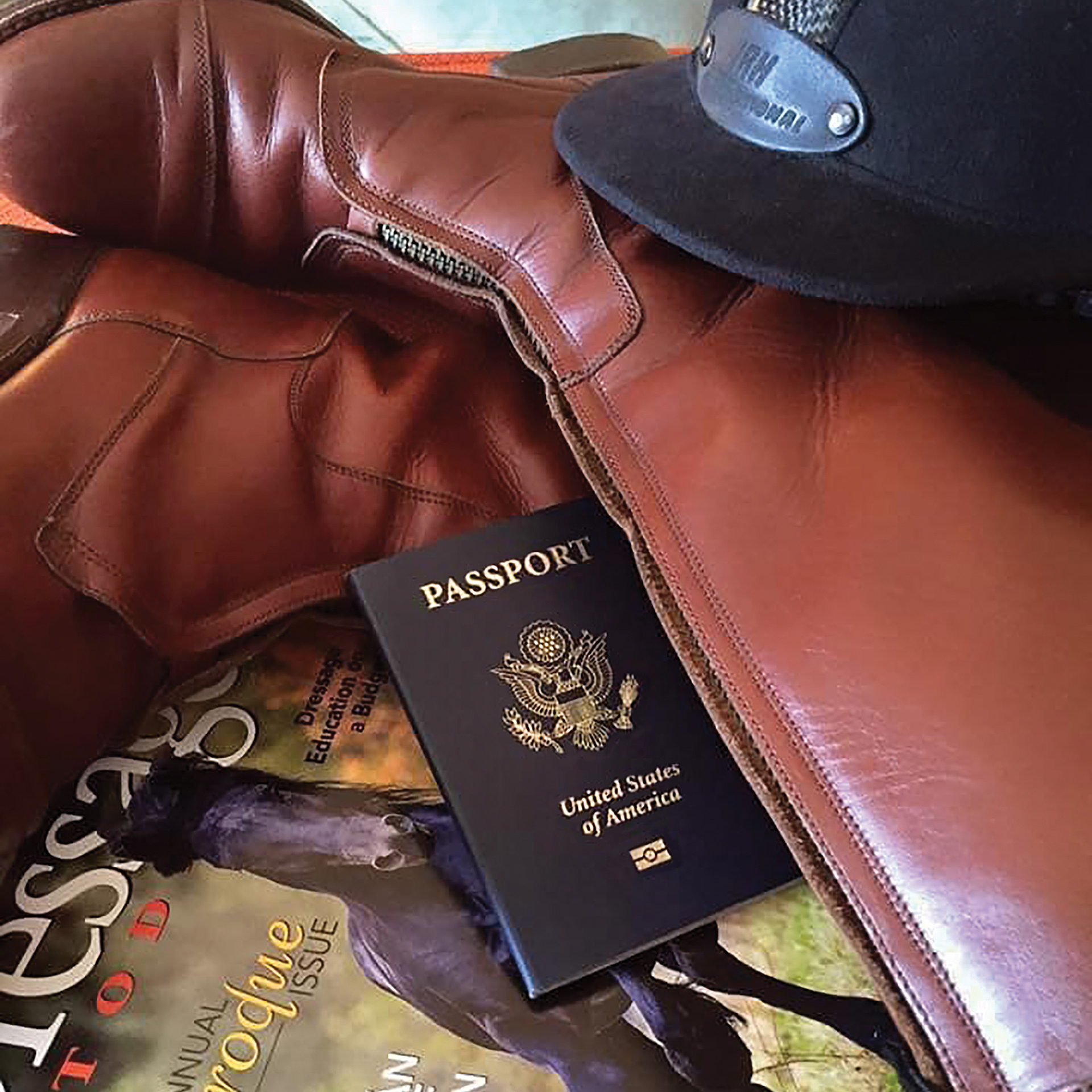
Not long after I returned from Spain, my friend and South Bay veterinarian Alice Villalobos called me and proclaimed, “I am going to Europe with a group of veterinarians for a 21-day equine trip through Spain and Portugal. Would you like to join us?” Without hesitation I replied, “Absolutely!”
As luck, or perhaps fate, would have it, the culturally rich itinerary included visiting the Royal School, where I again found myself perched in the grandstands of the coliseum—wide-eyed as the elegant Andalusians performed. Afterward, I had a behind-the-scenes opportunity to visit the stables. It was there that I met the school’s lead veterinarian, who invited me to apply for a two-week intensive dressage training course with the show horses that I dreamed of riding. I was accepted and returned a short three months later with my vastly different American western-style riding background and a heightened sense of adventure in tow.
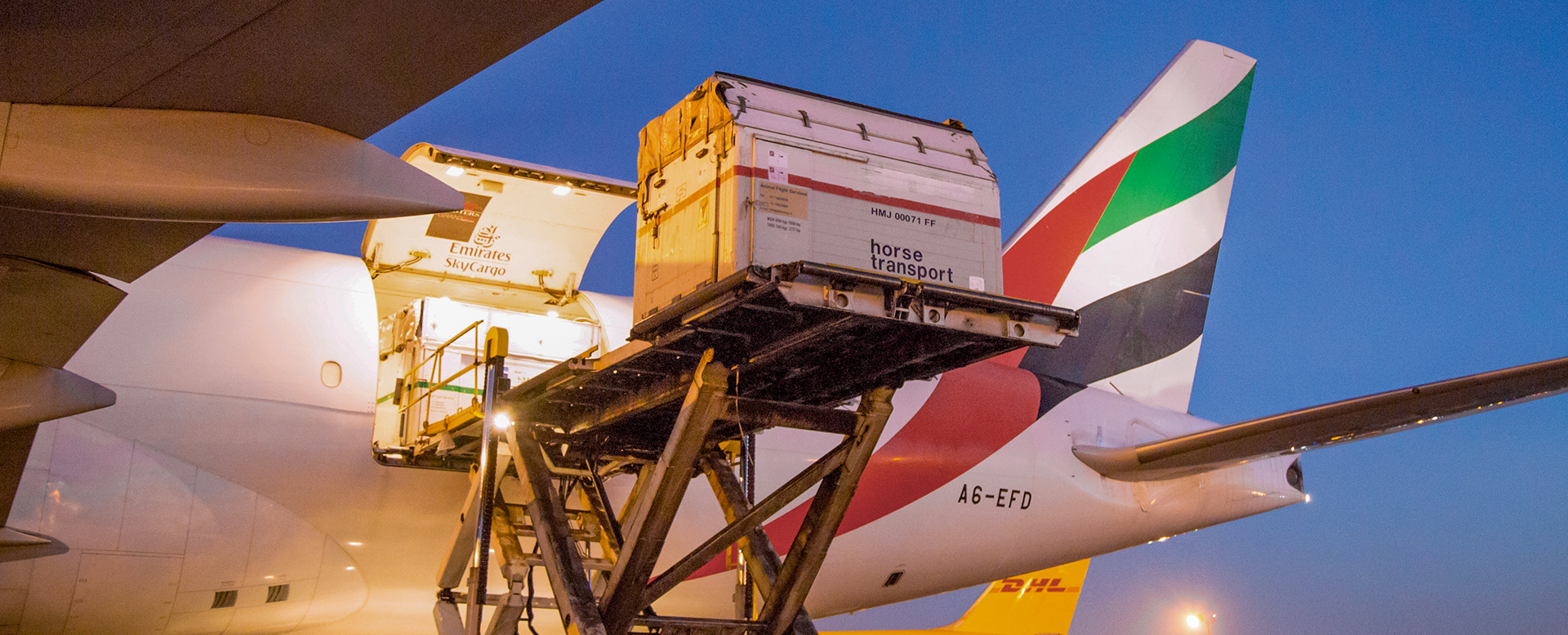
Esteemed Olympic medalist and head of the Royal School’s riding program Rafael Soto was my personal instructor, assisted by his then full-time student Vivi Garcia. Fantasy became reality as I rode some of the school’s world-class performance horses not once, but a few times every day in the coliseum where I had been an awestruck spectator. I also experienced their immense power and grace while carriage driving in the palace’s outdoor arena.
I have since returned year after year to train at the school and at Vivi’s family-owned Epona Equestrian Centre to experience countless memorable moments with Spanish horses. Each time, I immersed myself in the local culture as my dressage riding improved, which always left me longing for more. Then, with encouragement from my husband, Alex, I decided to import a horse to enjoy in California that was trained for me by my Spanish “family.”
Tentador (“the tempter”) found me, I believe. Vivi saw him by chance at a friend’s stable in Spain in 2021, soon after I asked her to keep an eye out for my dream horse. When she sent videos of him to me and I realized that he was not a grey horse as I hoped for, I was unsure until we spoke. Vivi’s enthusiasm was contagious, and I trusted her keen professional trainer instincts.
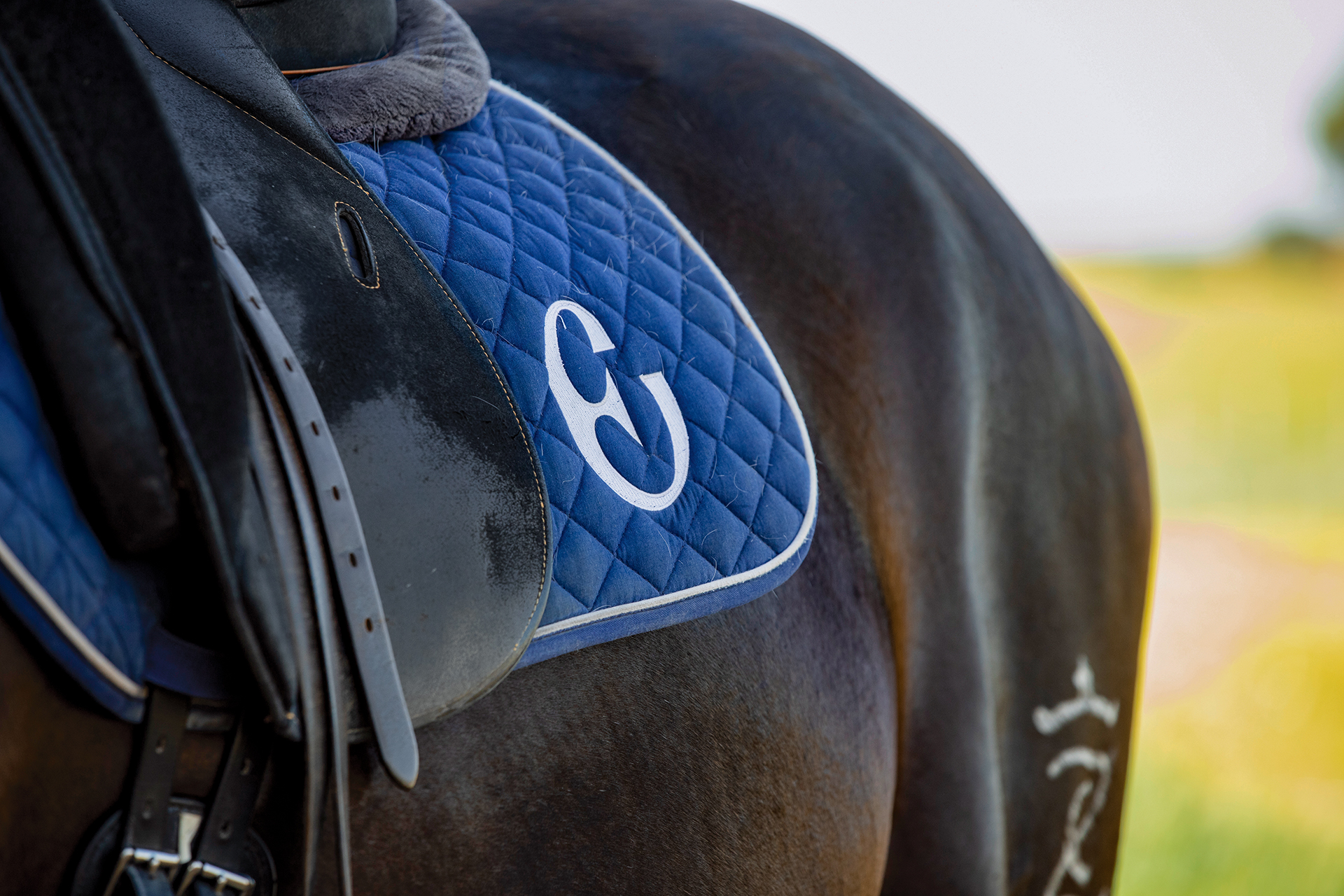
When I asked her why she specifically chose him for me, she said, “When I rode Tentador the first time, I loved him right away and thought he would be amazing for you for several reasons. He is kind, sensitive and comfortable to ride with great smooth gaits. Though he is young, he is very keen to please his rider and willing to work, which will help you both learn and grow together. And, of course, I knew you would love him because he does your favorite movement—the Spanish walk!”
After passing a rigorous prepurchase evaluation by Dr. Antonio Andrades, who specializes in equine orthopedics and is the veterinarian for some of the top horses in Spain, I purchased Tentador. He was then moved to Epona Equestrian Centre to continue his advanced training with Vivi before being exported to the United States.
When I met him in April, I knew he was the perfect horse for me. Rafael also confirmed that I made the right decision when he coached me riding him. “Diane, you have a super horse! The more I see him, the more I like him.” When I asked about his preferred color of Spanish horses, he wisely shared, “The best color of a horse is a good horse!”
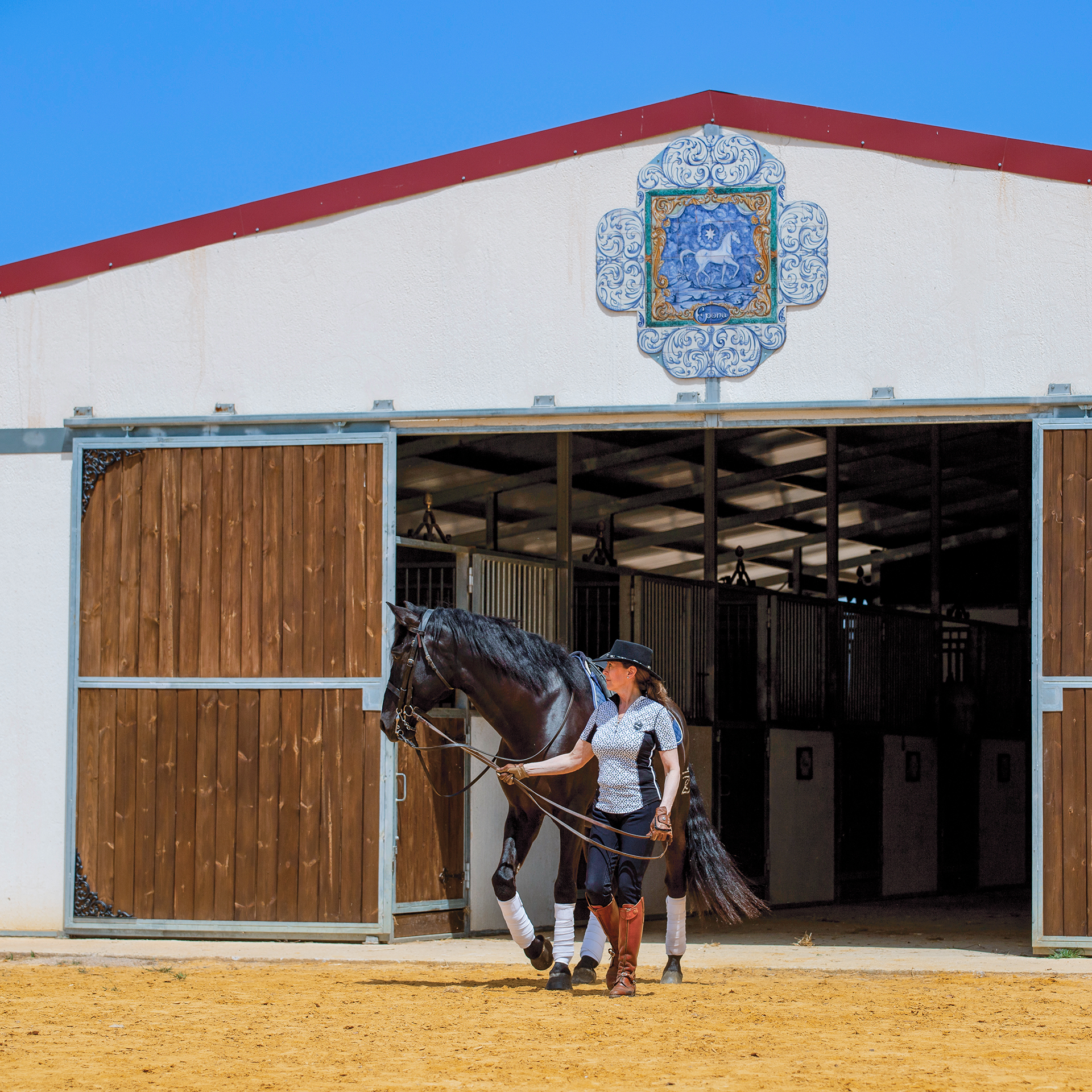
Tentador will be exported to the United States by Belgium-based European Horse Services (EHS)—an elite, full-service equine transportation company. He will first travel by road to Belgium for a brief stay-over at EHS headquarters and then on to Amsterdam for a nonstop flight in October to Los Angeles in a specially equipped cargo plane. Upon arrival (with his horse passport, of course) Tentador will be received by Apollo Equine Transport headquartered in Playa del Rey. He will quarantine for a few days before clearing customs and traveling by trailer to his new home in Palos Verdes.
According to Dr. Andrades, who has personally flown with horses internationally, “Tentador will have blood tests before he travels and more tests during quarantine upon arrival in the United States, which is paramount to avoid spreading diseases to other countries. Each country has different rules and requirements. Regarding the flight, some people worry about horses traveling by air in portable stables, but it is safer than road travel. The rate of incidents is far less, and it is more comfortable for them without constant stops, turns and road vibrations. Horses may have a little stress in the beginning before they are in the stable and with takeoff and landing. But once they are stabled with hay and water, with people caring for them on board, they do not usually worry about flying.”
From the Iberian Peninsula to the Palos Verdes Peninsula, our new family member, Tentador, is about to blaze an exciting trail in my heart as Jesse has for many years. There will undoubtedly be moments that will take my breath away, as often happens with horses—especially when the wind dances between his ears.






